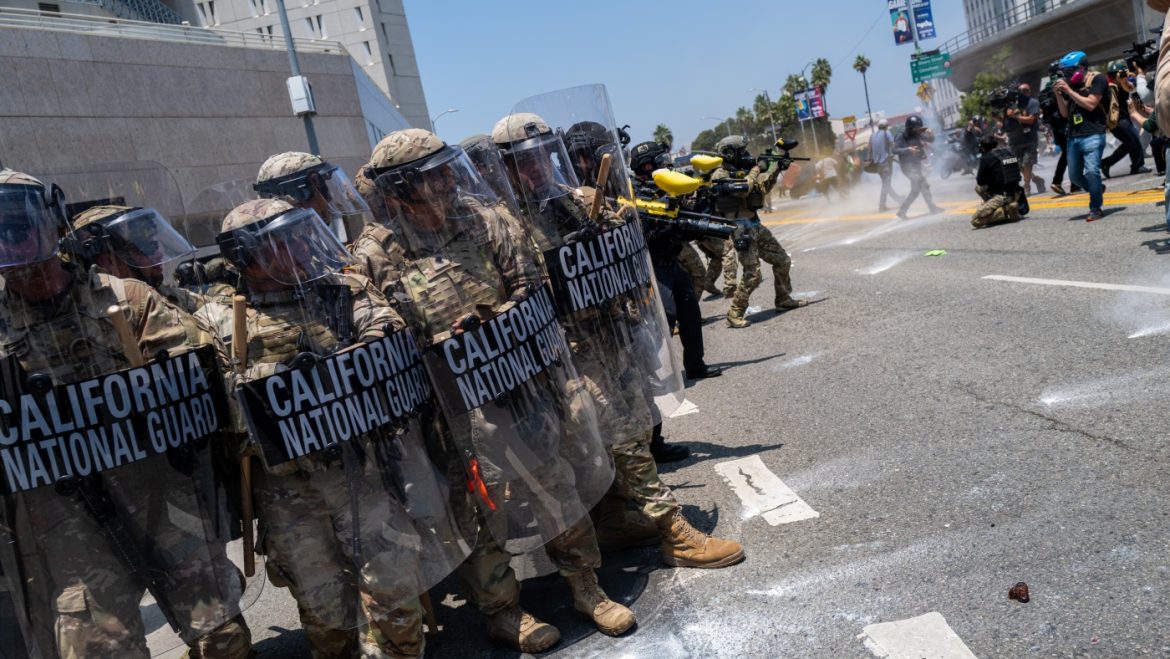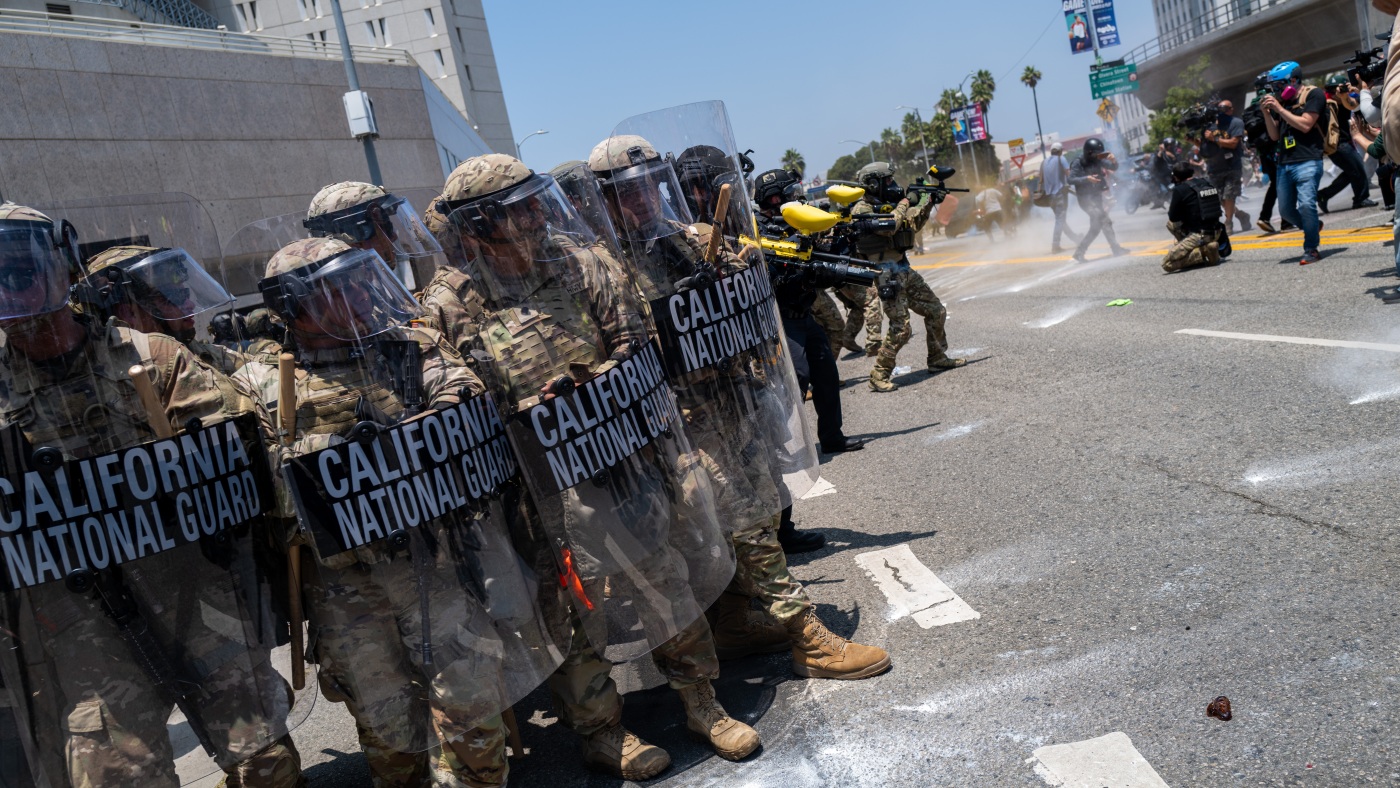Understanding the Military Deployment in Los Angeles Amid Ongoing Protests
Recent developments in Los Angeles have prompted significant attention due to the deployment of military forces amid sustained protests. These protests primarily oppose Immigration and Customs Enforcement (ICE) actions in the city. The growing unrest has led to the imposition of a curfew downtown, with President Donald Trump ordering the deployment of over 700 Marines along with National Guard troops to manage the situation. This unprecedented use of military and paramilitary forces in response to civil demonstrations has raised questions related to legality, state sovereignty, and civil rights.
Context and Catalysts: Why Are Protests Erupting in LA?
The protests in Los Angeles are principally a reaction to aggressive ICE raids aimed at undocumented individuals and families. These immigration enforcement operations sparked community backlash, intensifying already volatile tensions around immigration policy. The use of federal troops to support local law enforcement marks a significant escalation that has inflamed public debate and polarized opinions across political and social lines.
Military Presence and Curfew Enforcement
The curfew imposed restricts evening movement in downtown areas, attempting to curtail nighttime protests and potential unrest. Marines and National Guard members are stationed at key points, including federal complexes and highways, prepared to support law enforcement in maintaining order. Actions involving tear gas deployment against protestors have been reported, illustrating the confrontational atmosphere.
This response includes more than just typical National Guard activation; it also involves active-duty Marines, a move that is rare and controversial because of legal constraints imposed by the Posse Comitatus Act. This 19th-century law generally prohibits the use of the military for domestic policing, so this deployment exposes tensions between federal authority and state/government jurisdictional rights.
Legal and Political Implications of Military Engagement on U.S. Soil
Deploying active-duty Marines on domestic soil for civil unrest scenarios is a legally sensitive matter. Governor Gavin Newsom of California has actively opposed the federal military presence, filing emergency motions to block the deployment in federal court, emphasizing defense of state sovereignty and civil liberties. The Trump administration, however, maintains the deployment is both lawful and necessary to restore public order amidst escalating violence and vandalism tied to the protests.
This standoff spotlights profound questions about executive power boundaries, the military’s role in domestic security, and the balance between public safety and constitutional rights. It marks a rare and contentious chapter in the use of military resources within the United States to manage civilian unrest.
Trump’s Criminal Case Appeal Running Parallel to Protests
Concurrently, President Trump is pursuing an appeal of his criminal conviction and sentencing related to hush money payments made before the 2016 election. This legal battle is unfolding in a federal appeals court in Manhattan and continues to draw national attention. The timing of the appeal amid heightened military activity in Los Angeles adds complexity to the overall political climate, reinforcing intense scrutiny of Trump’s administration and legal challenges.
Public & Political Reactions: Divisions and Dynamics
The military deployment has produced mixed reactions. Supporters argue it is a firm show of law and order, necessary to counter what they see as lawlessness and danger in the city. Critics condemn it as an overreach of federal power that risks militarizing responses to social grievances and undermining democratic freedoms. Many community groups and activists view the militarized crackdown as further marginalizing immigrant populations and escalating conflict rather than resolving it.
This situation in Los Angeles has become a “test case” for how federal authorities might respond to urban unrest linked to contentious policy issues like immigration. The visible confrontation between protesters and the military underscores deep societal fractures and points to future challenges in managing civil dissent in an increasingly divided nation.
Conclusion: A Pivotal Moment in Civil-Military Relations and Urban Governance
The military’s role in Los Angeles, triggered by anti-ICE protests and authorized at the highest federal levels, throws into sharp relief the fragile balance between security and liberty, federal authority and local autonomy. As curfews persist and military presence remains, there is a pressing need to reflect on the long-term implications of such actions on democratic governance and community trust.
Simultaneously, President Trump’s ongoing legal struggles run parallel to these events, weaving together issues of power, justice, and institutional norms. The situation remains fluid, with courts, communities, and politicians actively contesting the boundaries of executive power and civilian rights.
In sum, the military deployment in Los Angeles amid persistent protests embodies a complex, high-stakes intersection of law enforcement, civil protest, and presidential authority—an unfolding chapter with implications far beyond the city limits.


